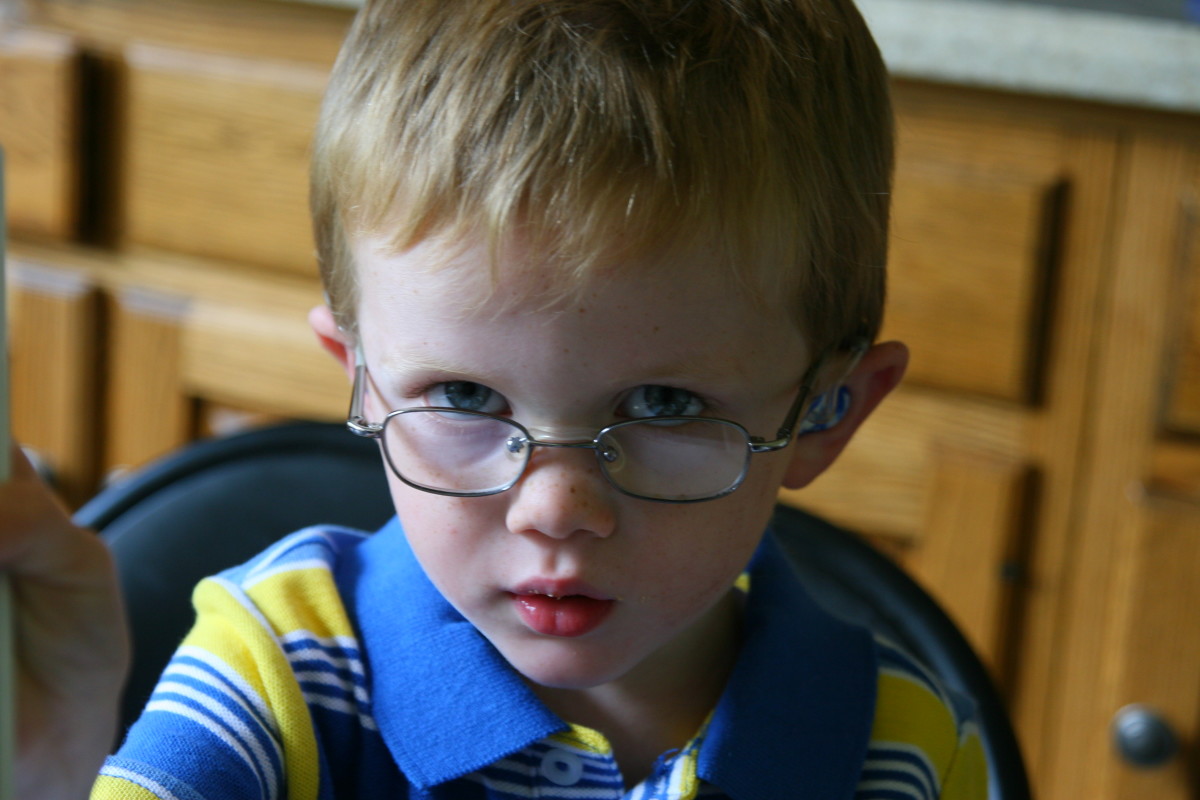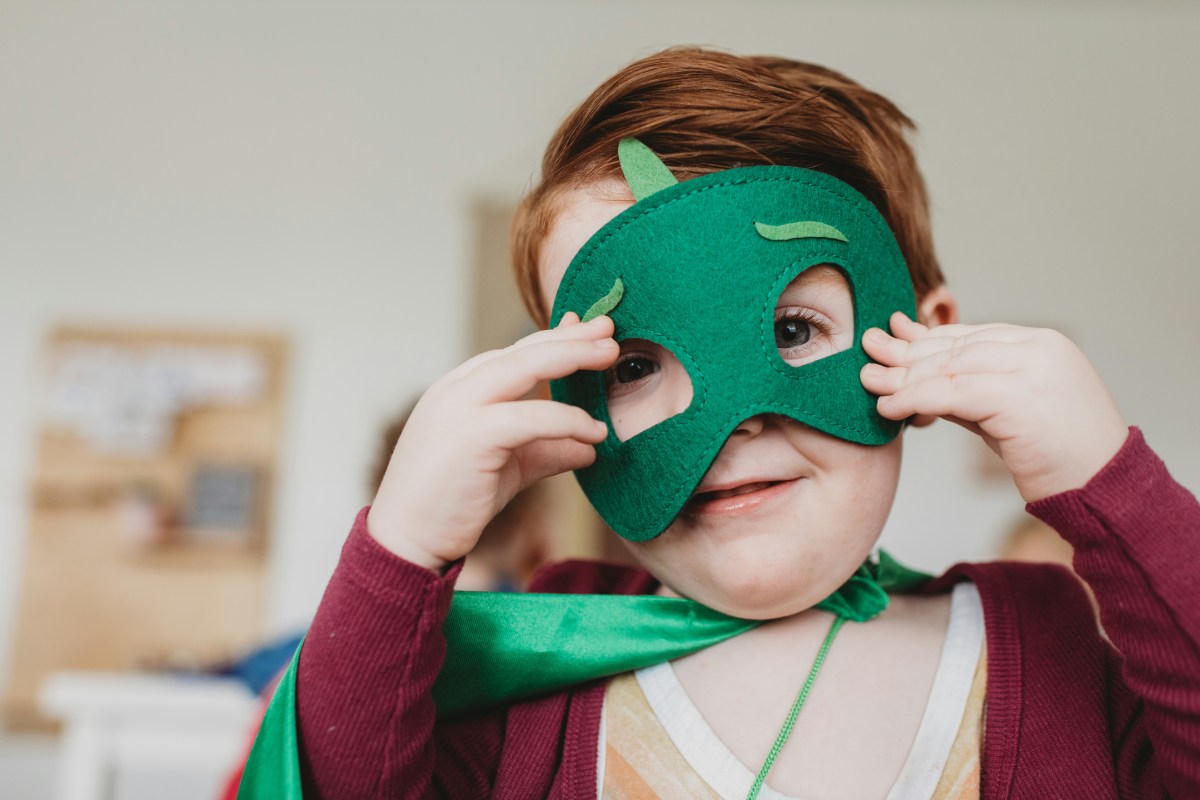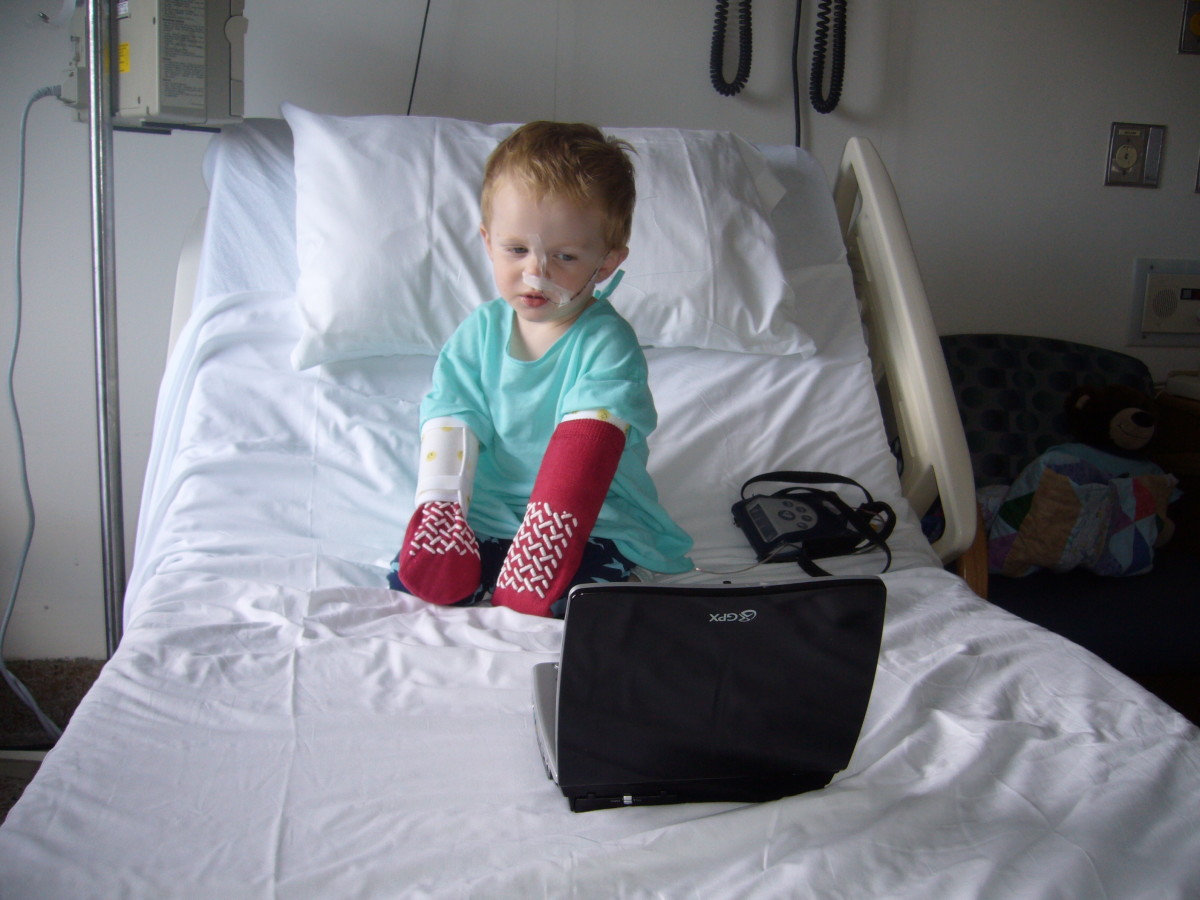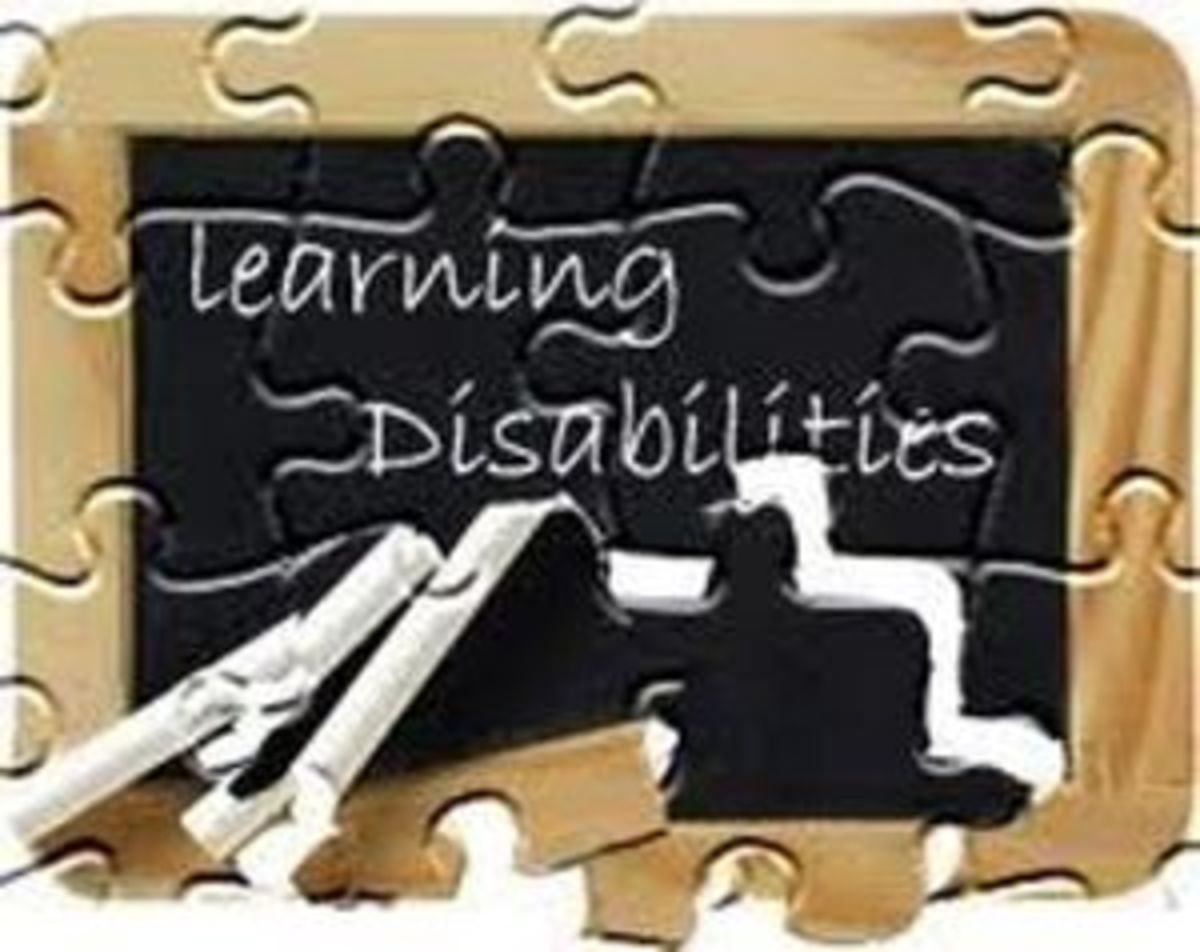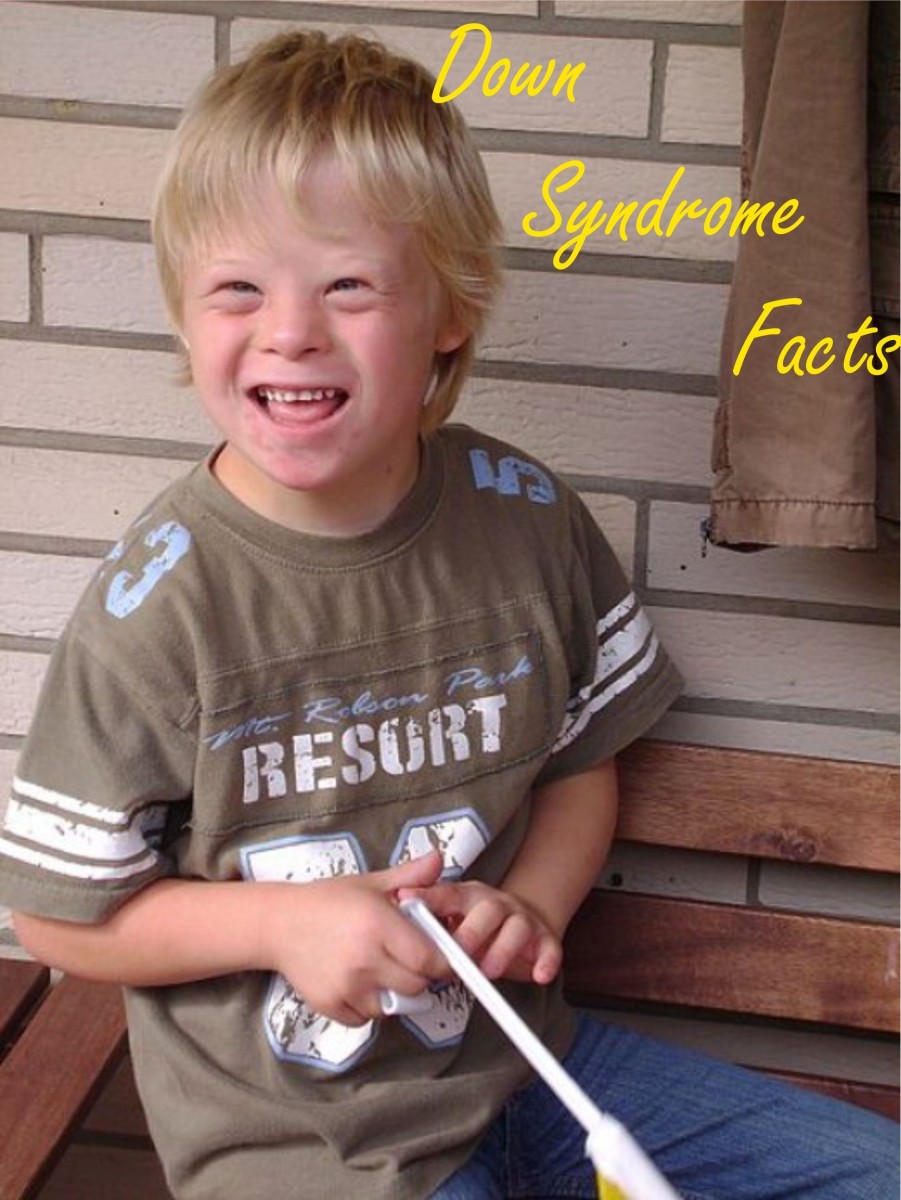Growing Up Healthy
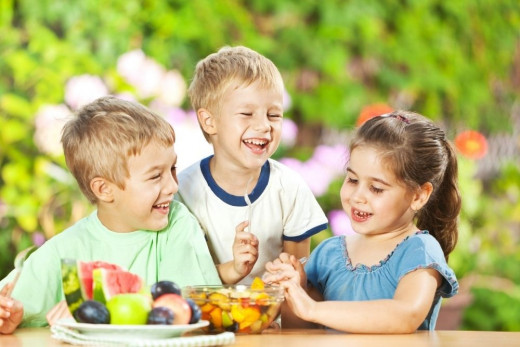
Solid food is normally given to babies around the fourth month. Joey Shulman, author of Winning the Food Fight advises starting off with 1 teaspoon of barley infant cereal as barley is the most hypoallergenic of the grains.
Follow barley with rice or oatmeal cereals and increase the amount as your baby's appetite increases.
At six months babies can start eating fruits and vegetables. The fruit should be given a little bit at a time and only every three to five days paying attention to make sure they are tolerating the food.
You can begin with sweet potato, yams, squash, and bananas. By the way, the more color the fruit or vegetable, the more nutrition.
At about eight months old, more protein foods can be included in their diet. Start with pureed chicken, turkey, beef, and lentils.
It is best to only introduce one new food at a time as this allows you to see if there are any allergies or intolerances.
A good idea is to start with organic food to minimize exposure to herbicides and pesticides. Children, especially babies are more susceptible to the effect of these types of toxins.
There is evidence that childhood diseases such as asthma and cancer have been linked to herbicides and pesticides.
Unfortunately, the burden of proving that children have been harmed by specific pesticide applications is on the public.
Because the disease doesn't always show up for some time after exposure, the cause and effect are often difficult to prove.
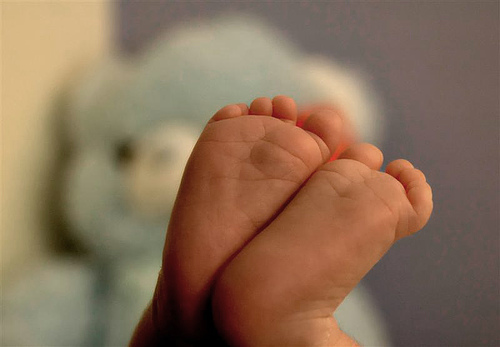
Reducing Baby's Carbon Footprint
It is getting easier all the time to make green choices when it comes to products for babies and toddlers.
If you plan to redecorate the baby's room look at latex-based paints that won't leave volatile organic compounds (VOC) in the room.
There are a number of paint companies that offer high-quality low (VOC). You can also choose green, sustainable flooring, and furniture.
Rather than using carpeting chose products like bamboo that make for easier cleanup as it is more forgiving of spills.
Cribs that don't emit formaldehyde which is often found in pressboard or particleboard, are also a good choice to keep the baby healthy.
Today it is easy to find organic cotton for sheets and blankets and there are even organic moisture pads available.
When choosing baby bottles look for ones that are BPA-free. Although we still don't know all the details of the dangers of this chemical, it might be a good idea to use BPA-free plastic or glass.
Diapers! Yes, babies use a lot of them. Over one billion trees are cut alone each year just to make single-use diapers!
With cloth diapers, a lot of energy is used to manufacture them as well as wash and dry them.
Certainly, air drying will help to reduce the impact. Also using organic cotton or hemp diapers will help to reduce the environmental cost. Bamboo diapers are also now available.
It is important to remember that what product choices are made in the early years of a child's growth not only directly impacts the health of that child, but the health of the world they will grow up in so let's start our children out on a green foot!
Kid's Lunch Box

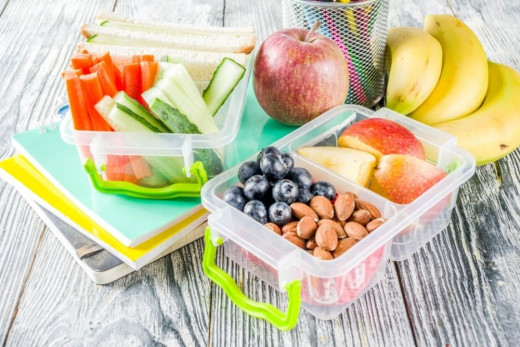
What's in Your Children's Lunch Box?
With the growing number of diet related diseases in children, insuring that they have the proper nutrition in their lunch box is becoming more and more important. If we can't get the junk food out of our schools, at least we can send our children to school with good food.
In 2004 France passed legislation to band soft drinks and junk foods from vending machines in middle and secondary schools. In Italy 68% of school meals are made with organic products.
Some Stats:
- The percentage of overweight children between 12 and 17 has doubled since 1979.
- 7 out of 10 children do not eat the recommended daily minimum of 5-9 servings of fruits and vegetable a day.
- More than 1/5 of total calories consumed by 4-18 year olds comes from sugar, fat and salt.
Helpful Tips:
- Keep servings small and include peeled and cut up fruit and vegetables.
- Pack an ice pack or frozen juice box to keep food cold.
- Let your child help select the foods they want to eat.

Some Food Ideas:
- baby carrots and dip
- an insulated flask of warm soup
- turkey, chicken, tuna or egg sandwich on whole grain bread
- lettuce, cheese and avocado wrap
- apples, pears, plums or orange (sliced)
- small container of yogurt
- nut butters (if allowed in the school)
- raisins or other dried fruit
In order to make life easier, make the lunch box up the night before. Have a specific area of the kitchen set aside with items for the lunch box. These items could include plastic wrap, stickers, napkins, spoons and forks and even toys for your younger children.
Children's Lunch Boxes

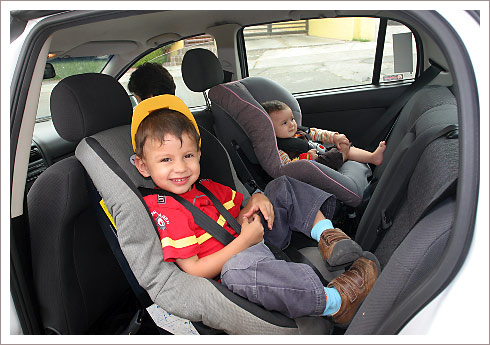
Travelling with Your Child
When traveling with your child it is important that they are secured in the vehicle with the use of a car seat.
If you want to use a forward-facing car seat, the child must be at least one year old, weighing 22 pounds or more, and walking.
If not, they should still be using a rear-facing car seat.
It is important that when your child travels in a car, they should be properly secured. Children between the ages of 8 and 12 years old and 80 to 100 pounds need to ride in a booster seat.
Once the child is over 40 pounds and meets the height guidelines that can be found in the user guide for the booster seat, they will be ready to use this seat.
These seats are easy to install in the back seat of your car.
Primo Viaggio Car Seat

Other Ways to Insure Your Child’s Safety
Children love to explore and try new things but you don’t want them getting into cupboards or drawers where there are items that might hurt them.
Make sure that all your medicines, poisons, tobacco, and alcohol are safely out of their reach.
Depending on your child’s age, it will be important to teach them to recognize warning labels on products and what they mean.
Important to both adults and children will be installing carbon monoxide detectors on all levels of your home as well as smoke detectors.
These need to be either hard wired into the house or make sure you change the batteries on a regular basis.
Keep the local poison center, fire, and police phone numbers handy. In fact, either have these numbers posted next to all your home phones and also add them to your cell phone contact list.
Another way to keep your child safe is to make sure that all the electrical outlets that are close to the ground are covered.
And keep electrical cords out of their reach especially the ones for hot appliances such as the toaster or kettle. Don’t forget about your curling or flat iron as well
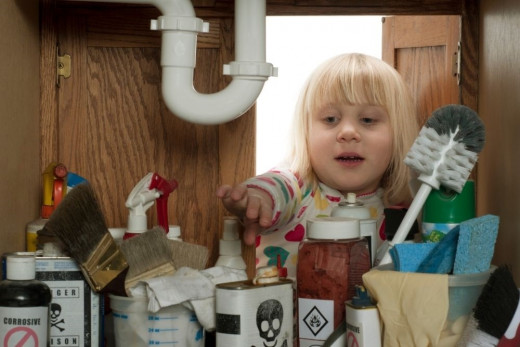
Other Useful Links
- Communicate with Baby Using Sign Language
Did you know that babies can be taught sign language from any age, but they will be able to better understand and even communicate back at around six to seven months. Many parents have found that young children understand a lot more that we actually - Best Baby Grooming Kit
Looking after your baby is a fully time job with so many things to take care of from feeding to diapering, bathing and taking care of their sniffles. It is also important to make sure that your child gets their nails cut and that you have the right t - Taking Care of Baby
Bringing home a new baby brings with it an exhausting array of new responsibilities and challenges. Is there such a thing as a typical day and night for new parents? Probably not!



